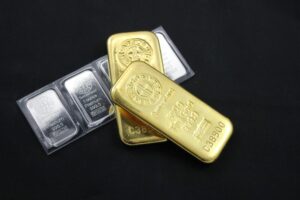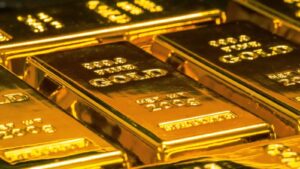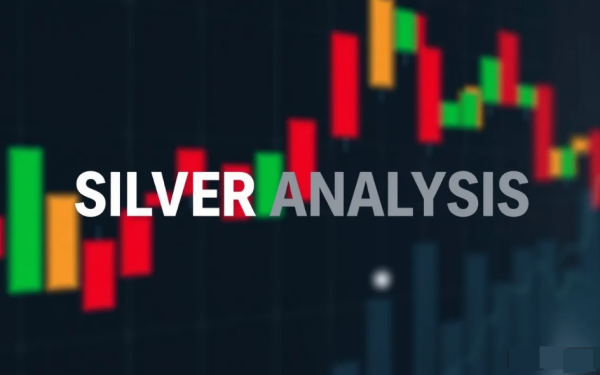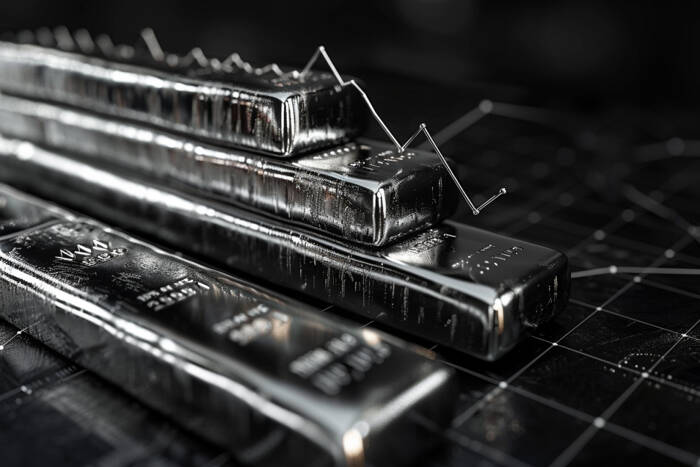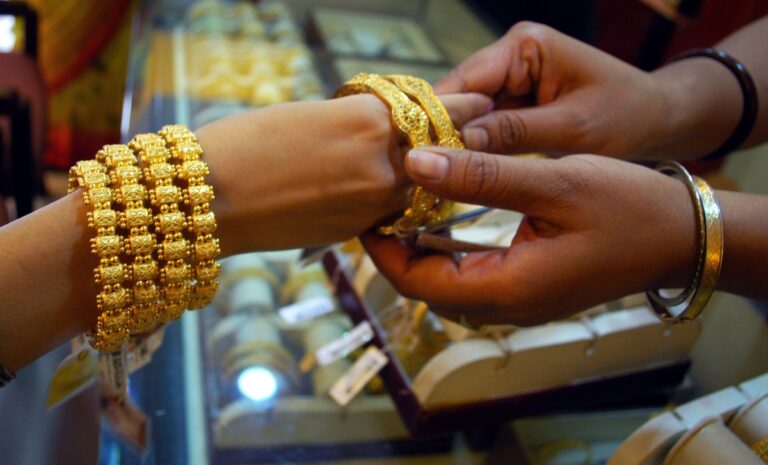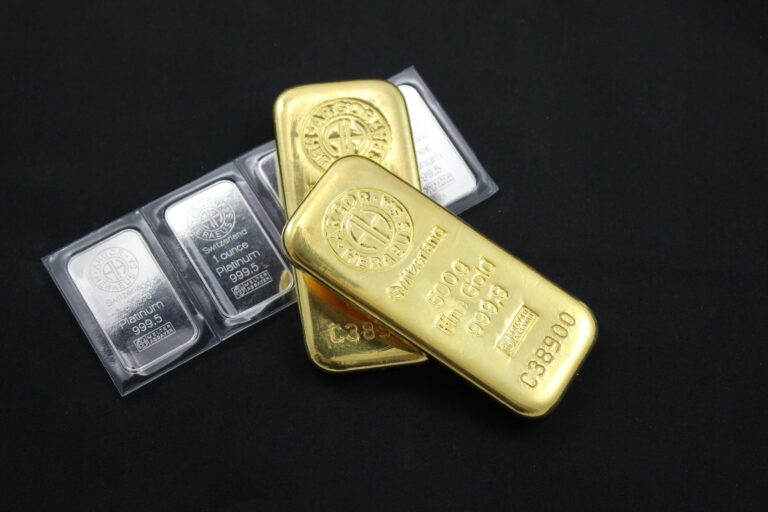Silver prices hit their highest in almost 12 years in October 2024. Past experience has shown that the silver market tends to be bullish when growth slows in developed economies. At the same time, the growth of the solar and electric vehicle industries has been a key support to the market demand for silver.
Heading into 2025, a shift in the Federal Reserve’s monetary policy stance, a stronger U.S. dollar and rising Treasury yields are combining to push silver prices back from October’s more than decade highs. Spot silver prices traded at $29.743 an ounce on Monday (13 January), down 2.11% intraday.
IG market strategist Yeap Jun Rong said silver prices have further upside in 2025, but the Trump administration and the Federal Reserve’s interest rate trajectory are the biggest headwinds facing the precious metal.
He noted that despite silver prices hitting a decade high in October, fund managers’ positions and silver exchange-traded funds (ETFs) are still far from saturated. The latest data from the U.S. Commodity Futures Trading Commission (CFTC) shows that money managers’ positions in silver contracts are still below the 10-year historical average, while positions in iShares silver ETFs are still significantly below their 2022 highs.
Analysts at Heraeus Precious Metals say that silver prices face significant downside risks if the US economy falters in the second quarter. Analysts believe the real risk of a recession in the second quarter could push silver prices below $30 per ounce.
In 2024, the U.S. GDP growth rate for the first three quarters averaged 2.57%, and the U.S. economy is projected to grow at 2.6% year-over-year in 2025. However, Treasury yields have lifted their inversion, which tends to be a reliable indicator of recession. Meanwhile, inflation risks are coming into focus.
If a U.S. recession leads to a contraction in industrial consumption, silver demand will be at risk of falling year-over-year. Silver tends to underperform gold during recessions due to the large industrial demand component of silver, while gold is primarily a store of value. In a recessionary scenario, silver prices may struggle to sustain levels above $30 per ounce in 2025.
Rong believes that much of the impact of potential Trump policies and the trajectory of Fed interest rates may already be priced in, but this still leaves room for surprises. Going forward, any weaker U.S. economic data or Trump’s tariff policy discount could drive some unwinding of the U.S. dollar or a pullback in U.S. Treasury yields, which could provide a potential tailwind for non-yielding assets like silver.
Data from Metals Focus shows that the silver market has seen supply stagnate in recent years while demand has grown steadily. While it may take some time for these trends to have a significant impact on prices, the changing fundamentals deserve investors’ close attention.



